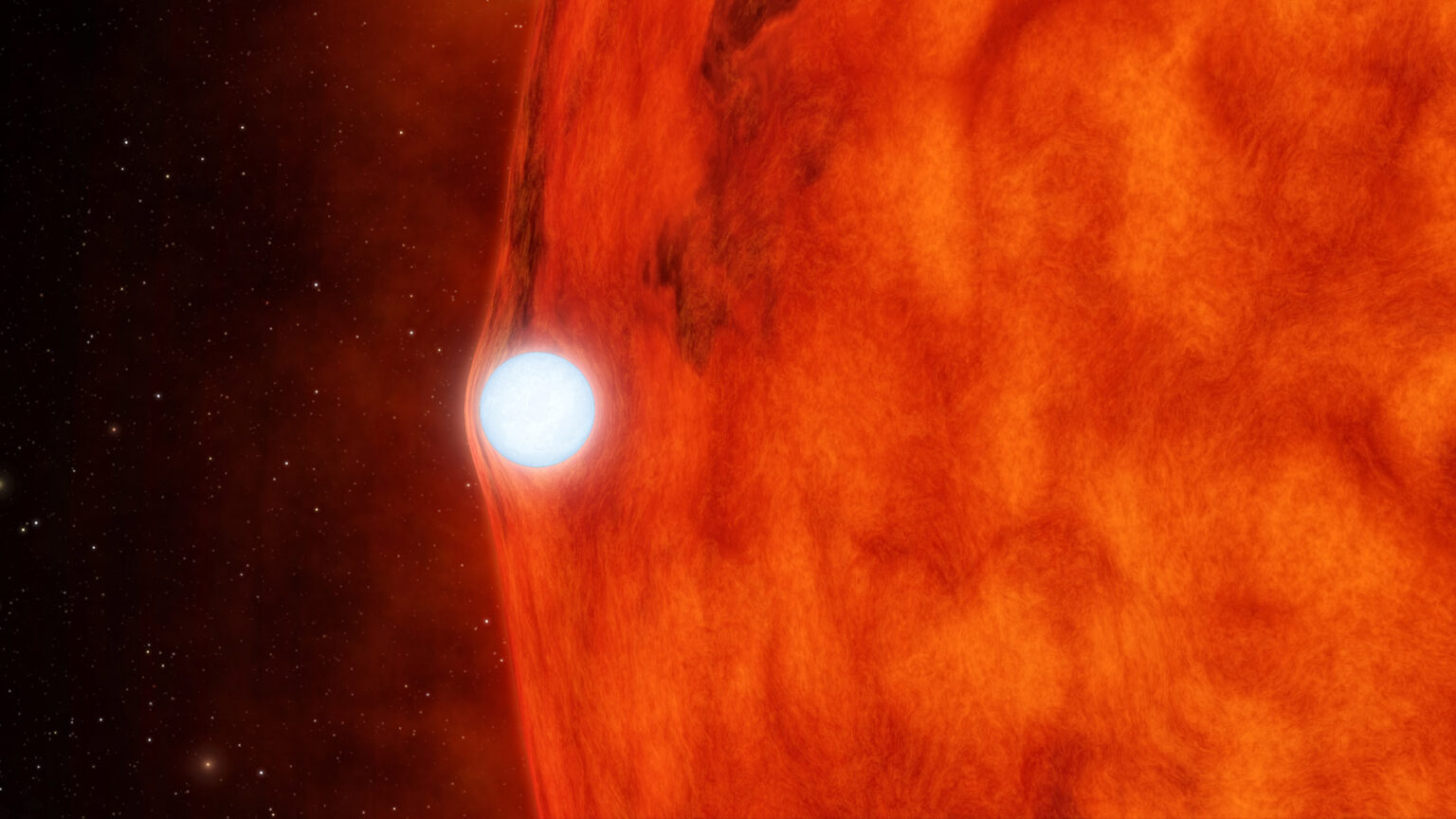Based on data from the LAMOST telescope array and the Gaia satellite, astronomers have discovered 21 extremely light white dwarfs. The mass of each of them does not exceed 0.3 solar.

21 Extremely Light White Dwarfs
A team of Chinese astronomers from Nanjing University recently applied data from the Large Sky Area Multi-Object Fiber Spectroscopic Telescope Array (LAMOST) to search for unusual white dwarfs. Scientists combined its data with the results of the study of the starry sky by the Gaia spacecraft and received a list of 136 interesting objects.
Each of them could turn out to be a so-called extremely low-mass white dwarf. The peculiarity of these objects is that they are lighter than 0.3 times the mass of the Sun. Before that, about 100 of them were known. In a new study, scientists turned to spectroscopy to identify truly unusual stars among 136 candidates.
Most of them turned out to be quite ordinary objects. However, 21 extremely light white dwarfs were found among them. Moreover, at least two objects, J0338+4134 and J1129+471, are binary systems with a total mass of components in which less than 30 percent of the mass of the Sun.
How extremely light white dwarfs interested scientists
The reason why every extremely light white dwarf attracts the attention of scientists is that, according to current astrophysical concepts, these objects could not have been formed in the usual way. There are simply no such low-mass red giants in the Universe that could give birth to them when the outer shells were dropped.
But they are still found. And almost always — in binary systems. This leads researchers to believe that they were formed as a result of some catastrophic mass loss processes. But they can’t say which ones.
According to phys.org
Follow us on Twitter to get the most interesting space news in time
https://twitter.com/ust_magazine

